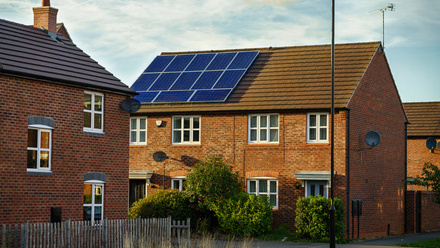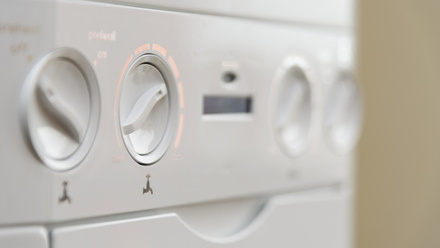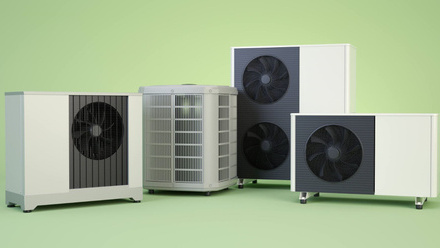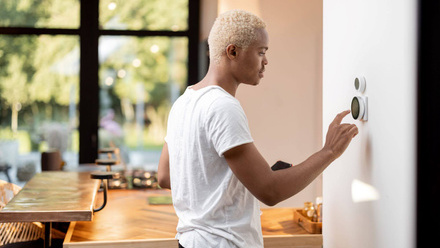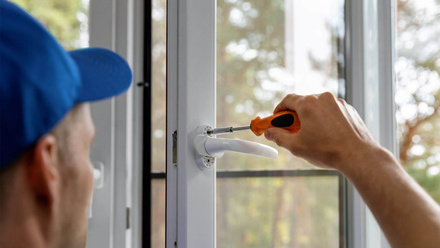There are many ways you can adapt your home to help the environment. We list a few great ideas below and show the savings you could make by making a few changes.
Solar panels
If you’re willing to invest some serious money in making your home more environmentally friendly, you may want to consider installing solar panels on your roof. Solar panels will help you save money on energy bills in the long run and you’d be making your own energy to heat your home and warm your water. According to Money Saving Expert, over 20 years you could make a saving of £6,000 by installing solar panels.
Remote control heating
It is worth looking into remote control heating systems, such as Hive or Nest. They allow you to control the temperature of your home remotely from your smart phone. Indeed, if you could get into the habit of lowering the temperature on your thermostat while away from home you could save a lot of money. Energy.gov has said lowering your thermostat by 10-15°C during the work day will save 5-15% off your total bill every year.
A new boiler is an investment
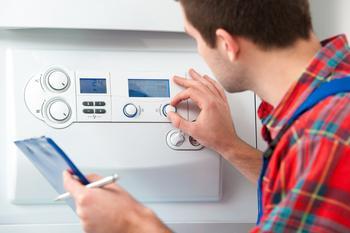
You may want to consider changing your boiler if it is more than eight years’ old. The older the boiler, the less effective it is at warming your home. According to Sedbuk, the latest estimates suggest that you could save a staggering £652 a year by installing a new boiler. So in short, despite the initial outlay cost, you could save money by being environmentally friendly: win-win!
Change your light bulbs
According to the Energy Saving Trust, you could save £35 a year on your electricity bills if you replace your traditional light bulbs with energy efficient light bulbs, like an LED bulb. The good news is, LEDs are available to suit most fittings. LEDs are extremely energy efficient and consume up to 90% less power than incandescent bulbs.
Insulation
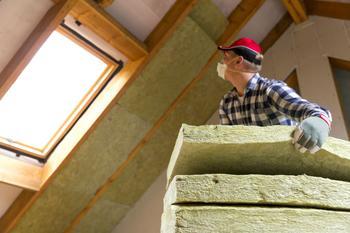
Top-rate insulation is the ideal way to lower heating bills. Typically, about 25% heat is lost through the roof. By way of comparison 35% is lost through the walls, 15% through the floor and 25% from windows and draughts. But the cost of insulating in the roof is usually much lower than the cost of solid wall insulation, so it is often more cost-effective to do the roof first.
If you’re still feeling the chill after insulating the roof and you have cavity walls in your property, check whether cavity wall insulation has been fitted. It is a good idea to have insulation professionally installed to avoid moisture-related and air quality problems but remember to wear a facemask, goggles and protective clothing if you chose to do it yourself.
These ways to reduce your carbon footprint will mean you’re not only doing your bit for the planet by running a more energy efficient home, but you’ll also save money in the long term.
Find the best eco product for your home
See our independent reviews for the latest advice on eco products for your home.


